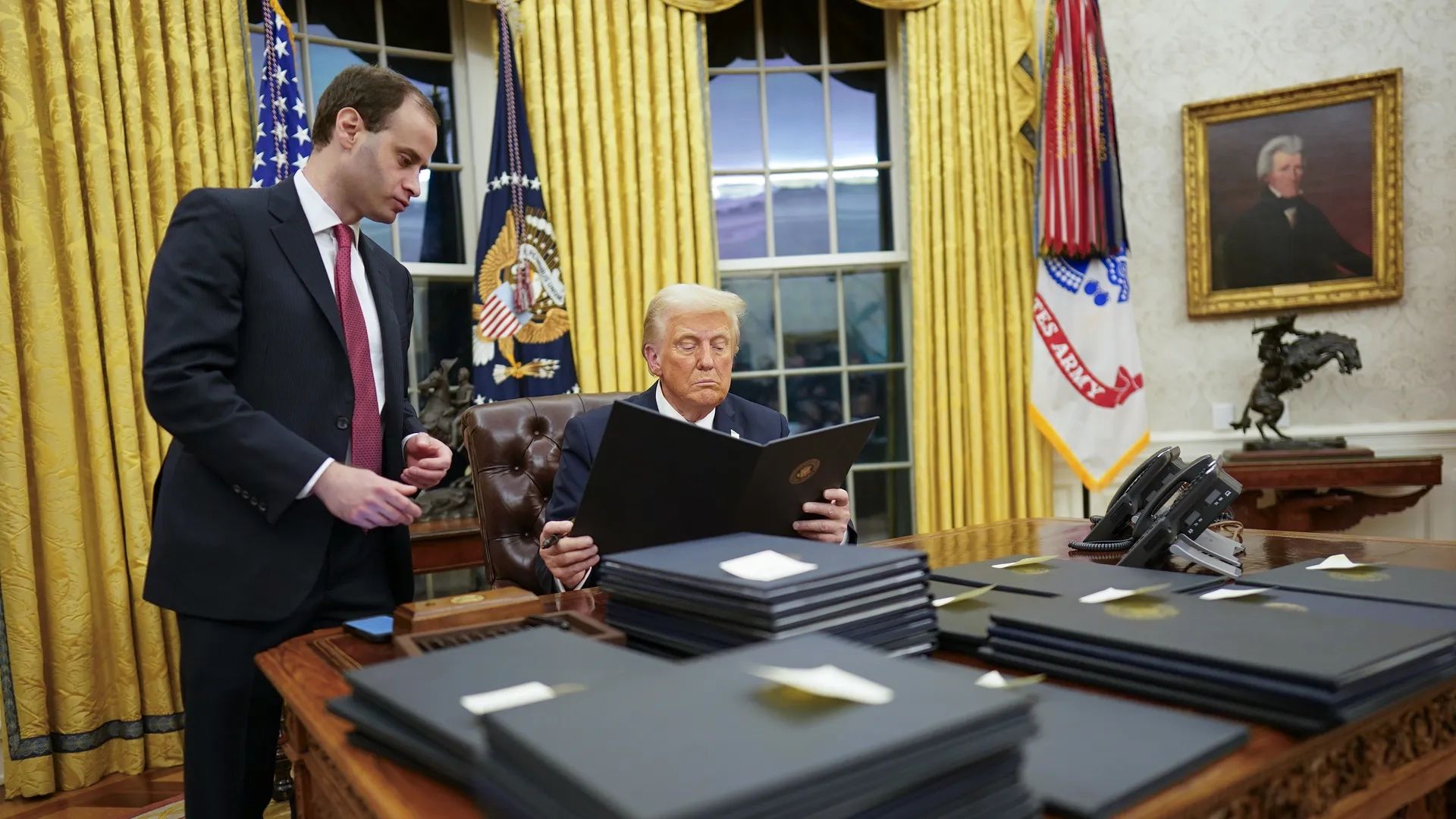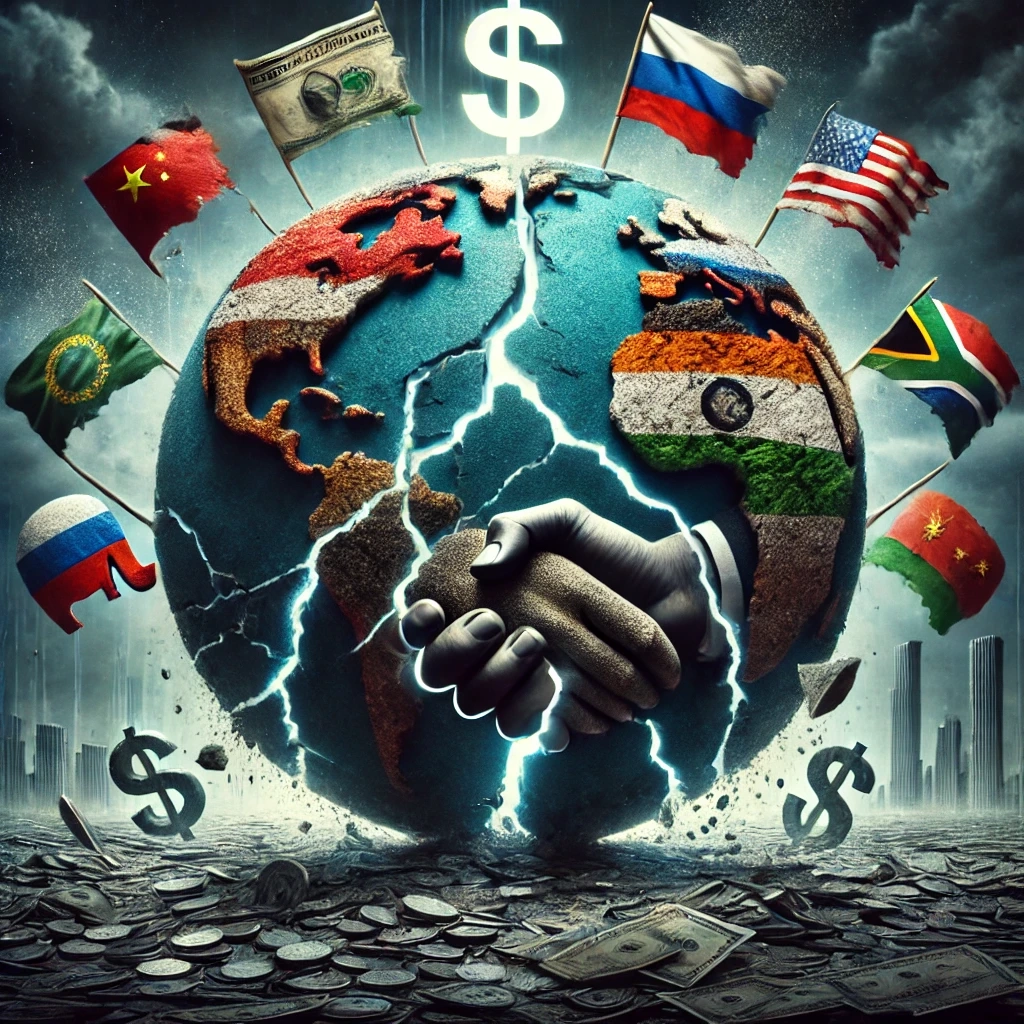The artificial intelligence (AI) industry has been shocked by the unexpected rise of the little-known Chinese startup DeepSeek. The company has released a chatbot that, according to experts, can compete with industry leaders such as OpenAI and Google. What is particularly impressive is that DeepSeek has achieved this with significantly fewer financial and computational resources.
The emergence of DeepSeek has sparked widespread discussions in the global tech industry, prompting investors to reconsider the current state of AI. The market reacted sharply to this breakthrough: tech stocks collectively lost about $1 trillion in value, with Nvidia alone seeing its market capitalization drop by $600 billion.
The "Sputnik Phenomenon"
The term "Sputnik Phenomenon" originated after the Soviet Union successfully launched Sputnik-1 in 1957—the world’s first artificial satellite. This event shocked the United States, as it demonstrated the USSR’s technological superiority and led to the realization that a competitor had made a significant technological breakthrough. As a result, the U.S. accelerated its space and scientific programs, ultimately leading to the creation of NASA and the Moon landing.
The "Sputnik Phenomenon" has since been used to describe any revolutionary technological or scientific achievement that forces countries, industries, or companies to rethink their strategies and accelerate innovation to avoid falling behind. The case of DeepSeek proves that China can compete with—or even surpass—American tech giants, despite trade restrictions.
A Paradigm Shift
Graphics Processing Units (GPUs) play a crucial role in modern AI systems. Originally designed for rendering computer graphics, GPUs offer immense parallel computing power, making them indispensable for machine learning tasks. Unlike traditional processors that handle data sequentially, GPUs can perform thousands of operations simultaneously, significantly speeding up neural network training.
Companies developing advanced AI models rely on thousands of these processors, making them a strategically vital resource in the tech race. Access to cutting-edge GPUs, such as Nvidia’s H800, has been considered a key factor in AI development, determining which countries and companies can remain competitive.
DeepSeek challenges the existing belief that AI progress depends primarily on increasing computational power. Companies like OpenAI have focused on scaling up—using vast computational resources and thousands of GPUs to enhance AI capabilities. However, DeepSeek has demonstrated an alternative approach, emphasizing algorithmic efficiency and software optimization to achieve similar results with far fewer computational resources.
According to reports, DeepSeek trained its chatbot using just over 2,000 Nvidia H800 GPUs over several weeks, spending only $5.6 million. In contrast, its competitors used more than 10,000 GPUs and spent over $100 million to achieve similar results.
This shift poses a serious challenge to the U.S. tech industry, revealing that its confidence in AI supremacy may be unwarranted. DeepSeek has shown that alternative approaches can yield comparable successes at a fraction of the cost.
A New Form of Chinese Innovation
Traditionally, Chinese tech companies have focused more on refining existing technologies rather than pioneering fundamentally new ones. However, DeepSeek appears to have taken a different path, developing unique algorithmic techniques to compensate for limited computing power. Instead of following existing models, the company has prioritized algorithm optimization, leveraging software solutions to overcome hardware constraints.
A New Threat on Privacy
The debate surrounding Chinese technology in the U.S. has intensified in recent years, particularly with accusations against TikTok regarding the collection of American user data. Just as it seemed that the issue was settled, with TikTok agreeing to sell its U.S. subsidiary, American lawmakers have now encountered an even more significant challenge.
Unlike TikTok, which collects data on user preferences, locations, and viewing history, DeepSeek's chatbot has the potential to analyze and manipulate vast amounts of personal and corporate data through direct user interactions.
AI chatbots operate in a conversational mode, extracting personal information, behavioral patterns, and even sensitive corporate or government data. Given that AI chatbots can be integrated into various applications—from customer support services to corporate tools—DeepSeek could gain access to a far wider range of data than TikTok ever could.
The key challenge for the U.S. now is determining how to regulate and mitigate the risks associated with AI-driven data collection. Will new restrictions be imposed on AI models developed by Chinese companies? Will the U.S. demand the sale of DeepSeek’s American subsidiary, as it did with TikTok? These questions are becoming increasingly pressing for American lawmakers.
Can the U.S. Maintain Its AI Leadership?
DeepSeek’s emergence has reignited discussions about America’s leadership in AI. Some argue that the U.S. still holds a crucial advantage due to its unrestricted access to cutting-edge chips, allowing for continuous AI development without major hurdles.
There are also questions about DeepSeek’s actual costs. While the company claims to have spent $5.6 million on training its latest model, total expenses—including failed experiments and previous versions—could be much higher. Just like in pharmaceutical research, AI development involves significant hidden costs.
Despite DeepSeek’s engineering achievements, skepticism remains about its long-term potential. Without a substantial increase in computational power, further improvements to its models could become challenging, limiting its competitiveness against U.S. AI initiatives.
Future Implications
DeepSeek's technological success is not just important for AI research but also has political and global implications. If China continues advancing in AI despite U.S. trade restrictions, it might force the United States to reconsider or change its approach to regulating and competing in the tech industry.
The AI race is far from over, and the coming years will determine whether DeepSeek’s success is a one-time breakthrough or a sign of major shifts in the global AI landscape.
For now, the world watches with interest to see whether this moment will be a turning point in the balance of power in AI—or just a temporary anomaly.









